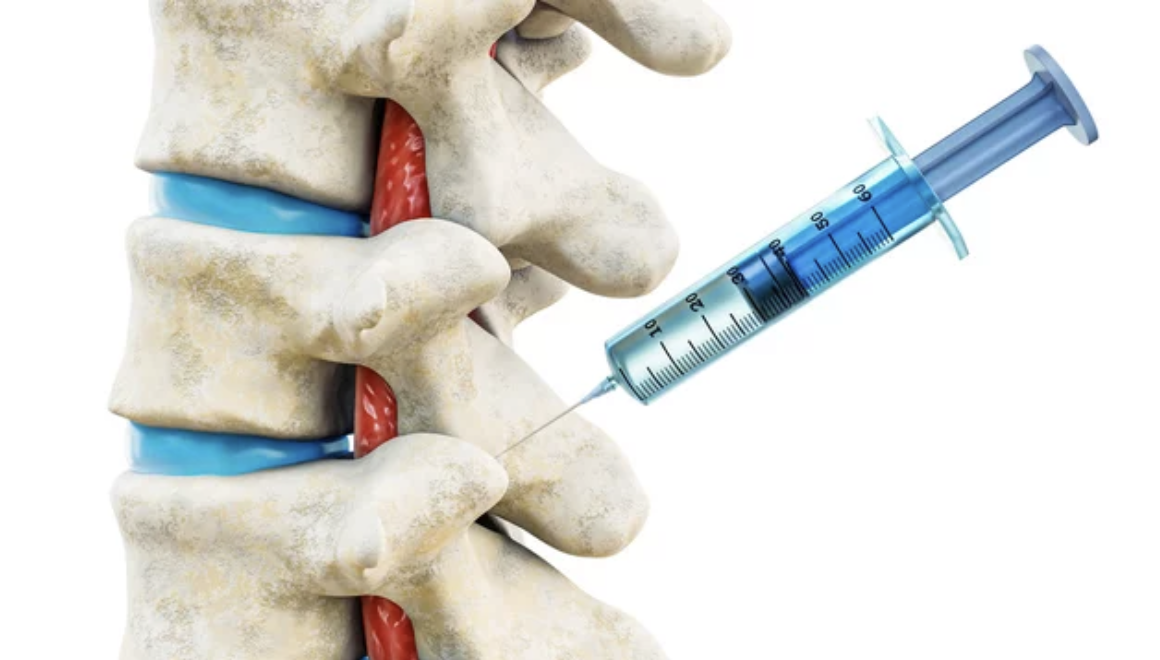Chronic back pain can significantly impact one’s quality of life, limiting mobility and causing immense discomfort. Facet joint injections have become a popular choice among the many current therapeutic methods for managing pain. This blog will examine facet joint injections, explaining their use, the diseases they address, and what patients can anticipate from the process.
Understanding Facet Joints
It’s critical to understand facet joints and their function in the spine before diving into the facet joint injection process. Facet joints, sometimes referred to as zygapophyseal joints or just “facet joints,” are tiny, paired joints that unite the spine’s vertebrae. They are essential for supporting mobility and stabilizing the spine. These joints may deteriorate or become inflamed over time, causing pain and suffering.
Purpose of Facet Joint Injections
Injections into the facet joints are a therapeutic and diagnostic treatment used to reduce discomfort related to facet joint dysfunction. They serve several essential purposes:
- Pain Diagnosis: Physicians can identify the cause of a patient’s back discomfort with the use of facet joint injections. Doctors can assess whether the pain alleviation is significant, indicating that the facet joint is the source of the discomfort, by injecting a local anesthetic into the affected facet joint.
- Pain Relief: Temporary pain alleviation is the main objective of facet joint injections. The injected drug lowers inflammation and provides instant pain relief. It is usually a mix of a local anesthetic and a corticosteroid.
- Treatment for Chronic Pain: Injections into the facet joints can provide long-term pain relief for certain people. Injections given regularly can offer long-lasting relief, enabling people to get back to their regular activities with minimal difficulty.
Conditions Treated with Facet Joint Injections
Facet joint injections are commonly used to address various conditions and symptoms, including:
- Facet Joint Syndrome: This condition is characterized by inflammation or irritation of the facet joints, resulting in localized pain in the lower back or neck.
- Spinal Arthritis: Facet joint injections can help people with osteoarthritis, a degenerative disease that affects the facet joints in the spine.
- Whiplash Injuries: Individuals who have experienced whiplash due to accidents may benefit from facet joint injections to manage neck pain.
- Spondylosis: This is a general term for degenerative changes in the spine that occur with aging that may cause discomfort in the facet joints.
The Facet Joint Injection Procedure
Now, let’s take a closer look at what to expect during a facet joint injection procedure:
- Preparation: Before the procedure, patients may be asked to fast for several hours to ensure their stomachs are empty. It’s essential to inform the healthcare provider of any allergies or medications being taken.
- Positioning: After cleaning and sterilizing the region to be treated, the patient is usually placed face down on an examination table.
- Local Anesthesia: To minimize any discomfort during the injection, a local anesthetic is used to numb the skin and surrounding tissues.
- Injection: The medical professional carefully inserts a thin needle into the injured facet joint using fluoroscopy, which is real-time X-ray guidance. To make sure the needle is inserted correctly, a contrast dye may be administered.
- Medication Delivery: After the needle is positioned correctly, the facet joint is injected with a mixture of corticosteroid and local anesthetic.
- Post-Procedure Monitoring: Patients are watched for a brief period following the injection to make sure there are no untoward side effects.
- Recovery: Most patients are able to go home shortly after the surgery. It’s advisable to have someone drive them home, as driving immediately after may not be safe due to the anesthesia.
- Pain Relief: Pain relief is usually felt immediately due to the local anesthetic. It can take a few days for the corticosteroid to take full action.
Conclusion
Facet joint injections have developed into a useful tool in the field of pain management, offering patients with persistent back and neck pain both therapeutic alleviation and diagnostic insight. Seek advice from a medical expert to find out whether facet joint injections are a good course of action for you if you are suffering from chronic back pain. Always remember that every person’s experience and results may be different, which is why it’s so important to talk to a trained medical professional about your specific case.

